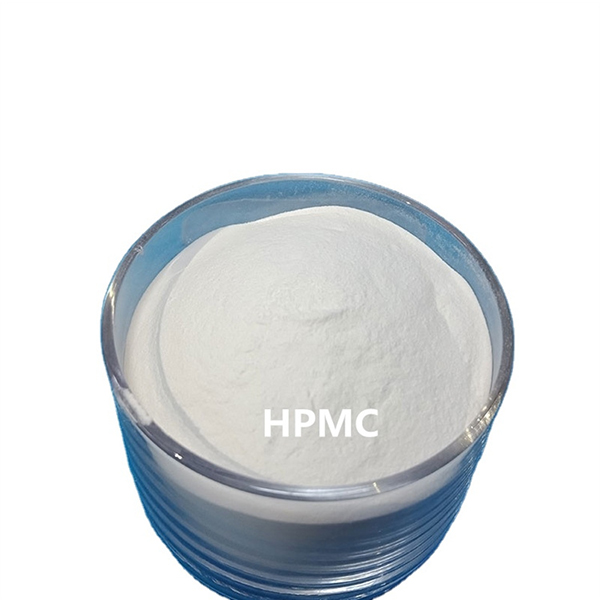The Versatility of Methyl Cellulose (HPMC) in Modern Applications
Methylcellulose (often abbreviated as HPMC, or hydroxypropyl methylcellulose) is a cellulose derivative that has garnered significant attention across various industrial sectors due to its unique properties. This non-ionic, water-soluble polymer is derived from natural cellulose and has been modified to enhance its functionality for a broad range of applications, particularly in the food, pharmaceutical, cosmetic, and construction industries.
Properties of HPMC
HPMC is known for its exceptional binding, thickening, and stabilizing properties. One of the most remarkable characteristics of HPMC is its ability to form a gel upon heating and return to a liquid state upon cooling. This thermoreversible behavior makes it an invaluable ingredient in numerous formulations, enabling controlled release and improved texture in food products and pharmaceutical preparations.
Moreover, HPMC is chemically stable and resistant to salt and pH variations, which ensures that it can function effectively in different environments. The natural origin of HPMC and its non-toxic nature further enhance its appeal, making it suitable for applications where safety and compatibility with human health are paramount.
Applications in the Food Industry
In the food industry, HPMC is widely used as a thickening agent, emulsifier, and stabilizer. Its ability to retain water makes it ideal for maintaining moisture in baked goods, preventing them from becoming dry and stale. HPMC is also commonly used in gluten-free formulations, providing the necessary texture and binding without relying on traditional gluten proteins. Furthermore, it is employed in the production of sauces, dressings, and dairy products to enhance mouthfeel and consistency.
The demand for natural and clean-label ingredients has led food manufacturers to increasingly adopt HPMC. Its inclusion not only improves product performance but also appeals to health-conscious consumers looking for transparent ingredient lists.
mecellose hpmc

Pharmaceutical and Cosmetic Applications
In the pharmaceutical sector, HPMC serves as an essential excipient in drug formulation. It acts as a binder in tablet production and is used as a viscosity-increasing agent in liquid medications. Its ability to control the release of active pharmaceutical ingredients makes it a common choice for formulations aimed at prolonged therapeutic effects. HPMC also plays a critical role in ocular products by providing lubrication for dry eyes, highlighting its versatility in medical applications.
In cosmetics, HPMC is utilized for its thickening and stabilizing properties, enhancing the texture and usability of lotions, creams, and gels. Its film-forming capabilities are advantageous in hair care products, contributing to shine, texture, and overall aesthetics. As with food, the clean-label trend is driving the use of HPMC in cosmetics, as consumers increasingly prefer products formulated with natural ingredients.
Construction Industry Innovations
Beyond the food and pharmaceutical realms, HPMC has found its niche within the construction industry, particularly in the formulation of various construction materials. It is employed as an additive in cement-based products, such as tile adhesives, plaster, and mortar. The incorporation of HPMC improves workability, enhances adhesion, and extends the open time of these materials, facilitating easier application without compromising performance.
Additionally, HPMC aids in water retention, crucial for ensuring adequate curing of materials, which ultimately leads to enhanced durability and strength of the final product. This has become increasingly important as sustainable building practices gain traction, where performance, longevity, and environmental impact are key considerations.
Conclusion
In summary, methyl cellulose (HPMC) is a multifunctional polymer that plays a critical role across a wide array of industries. Its unique properties not only improve product quality and performance but also cater to the growing demand for sustainable and safe ingredients. As innovation continues and industries evolve, the significance of HPMC is expected to expand, paving the way for new applications and advancements. Whether in food, pharmaceuticals, cosmetics, or construction, the versatility of HPMC underscores its importance in meeting modern consumer needs and enhancing product functionality.
-
The Versatility of Industrial Additives: Mhec, Hpmc, And Wall Putty SolutionsNewsMar.28,2025
-
The Importance of HPMC in Modern IndustriesNewsMar.28,2025
-
Partnering with Reliable Manufacturers for Optimal ResultsNewsMar.28,2025
-
Enhancing Construction Performance with Redispersible Polymer PowdersNewsMar.28,2025
-
Enhancing Construction and Household Products with Advanced AdditivesNewsMar.28,2025
-
Building Strong Foundations with Key Construction MaterialsNewsMar.28,2025






